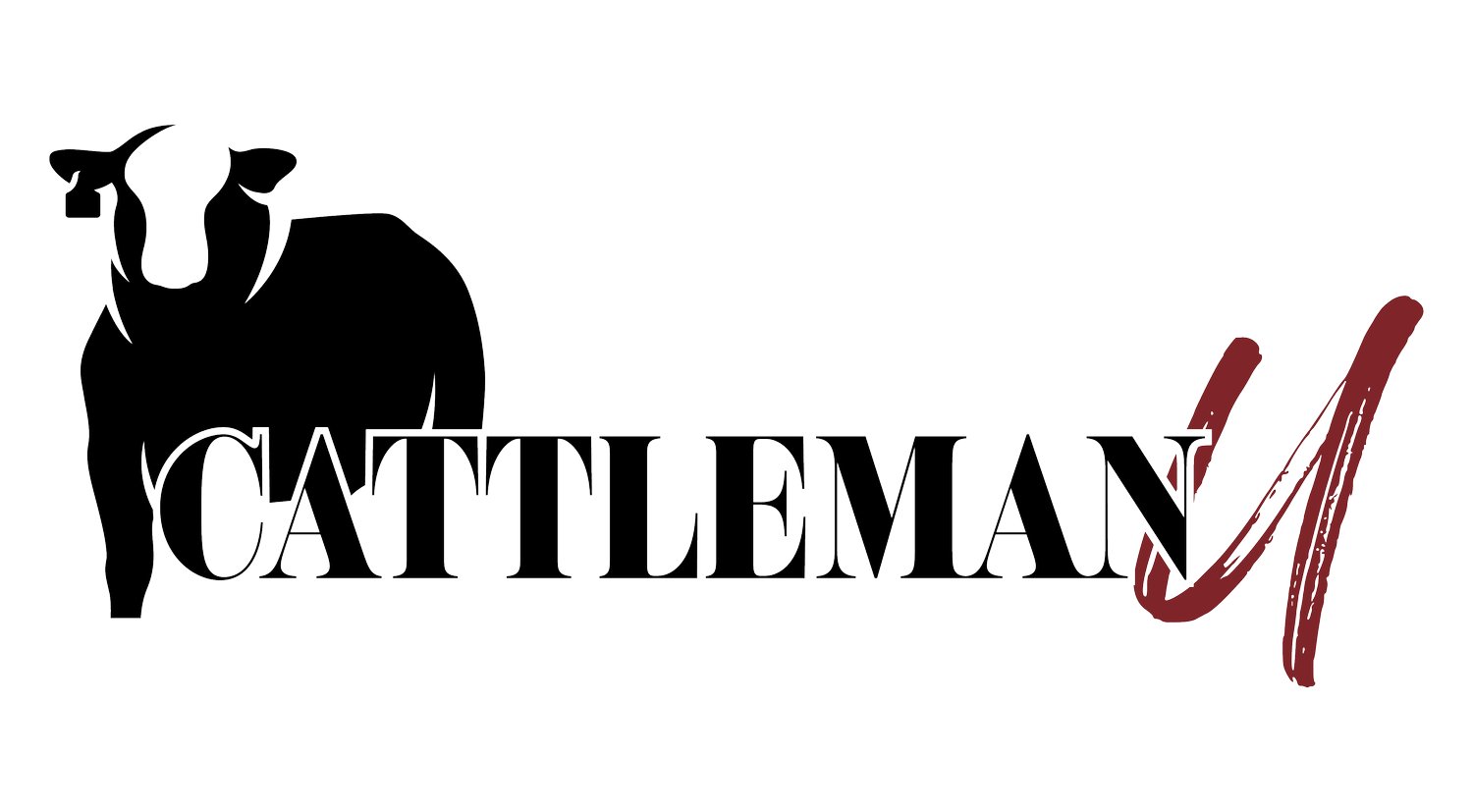Beef, Brutal Truths, and Saving Rural America
Are we ready to face the hard truths about the cattle industry?
Behind the rolling pastures and iconic Western imagery lies a sobering reality: the rural ranching economy is under immense pressure. Generational ranchers are being squeezed out, market systems are failing those at the foundation of the food chain, and a disconnect between producers and consumers is growing wider by the day.
If we want to save rural America, we have to get honest about what’s really happening.
The Rancher’s Margin Crisis
While every other segment of the beef supply chain — from retailers to processors — is structured to protect their profit margins, ranchers are left to absorb the risk. Without guaranteed returns, the very people raising the cattle are often operating at a loss, especially in volatile markets.
This imbalance isn’t just unsustainable; it’s eroding the ability of ranching families to pass on their operations. When profit depends on weather, feed costs, and packer behavior — but not on actual production value — it’s no wonder many see agriculture as a losing game unless they have outside money or legacy assets.
Further analysis by the Agricultural and Food Policy Center at Texas A&M University delves into the complexities of the U.S. beef supply chain, discussing issues like market consolidation and the challenges faced by producers in price discovery and negotiation.
Why Seedstock Producers Need to Step Up
A critical yet under-discussed piece of the puzzle lies with genetics and data. Seedstock producers play a huge role in the overall performance of the herd — but too many aren’t validating their genetics in real-world environments.
The message is clear: test your bulls, feed out your cattle, collect data on carcass results, and close the loop. That’s where credibility starts. It’s not enough to market genetics — you have to prove them. Some forward-thinking producers are integrating genomics, real-world feedlot testing, and carcass tracking to provide transparency and improve predictability for their customers. These efforts should be the rule, not the exception.
The future of the beef industry depends on transparency, not tradition.
The Consumer Education Gap
While debates rage over grain-finished versus grass-finished beef, the bigger problem is that many consumers still don’t understand the difference — or what it means for nutrition, sustainability, or economics.
Ranchers must do more than produce. They must communicate. As long as consumers remain confused about where their food comes from, anti-meat narratives and policy decisions will continue to shape the industry from the outside.
Blogs, podcasts, social media, and in-person events are all platforms to share what responsible ranching really looks like. Initiatives like #eatbeef and groups like Cattleman U are helping shift the narrative, but more voices are needed.
The ranching industry isn’t just about beef — it’s the backbone of many rural communities. When ranches disappear, so do local feed stores, veterinarians, schools, and economies. Efficient, sustainable ranching isn’t just good business — it’s a lifeline for entire regions.
But it requires responsibility. We can’t keep throwing darts in the dark, hoping for better outcomes. Whether you’re managing a cow-calf operation or running a direct-to-consumer brand, you have to know your numbers, understand your product, and tell your story with truth and context.
Want more insights like this delivered weekly?
Join our email list for tools, resources, and insider knowledge that can help you build a more profitable and sustainable ranching business.
Explore More:
Listen to our Weekly Podcast Episodes
Connect with Us
Stay in the loop and follow along:
📸 @cattlemanu| @krosecompany| @rose.karoline
💻 KRose Company | Cattleman U
